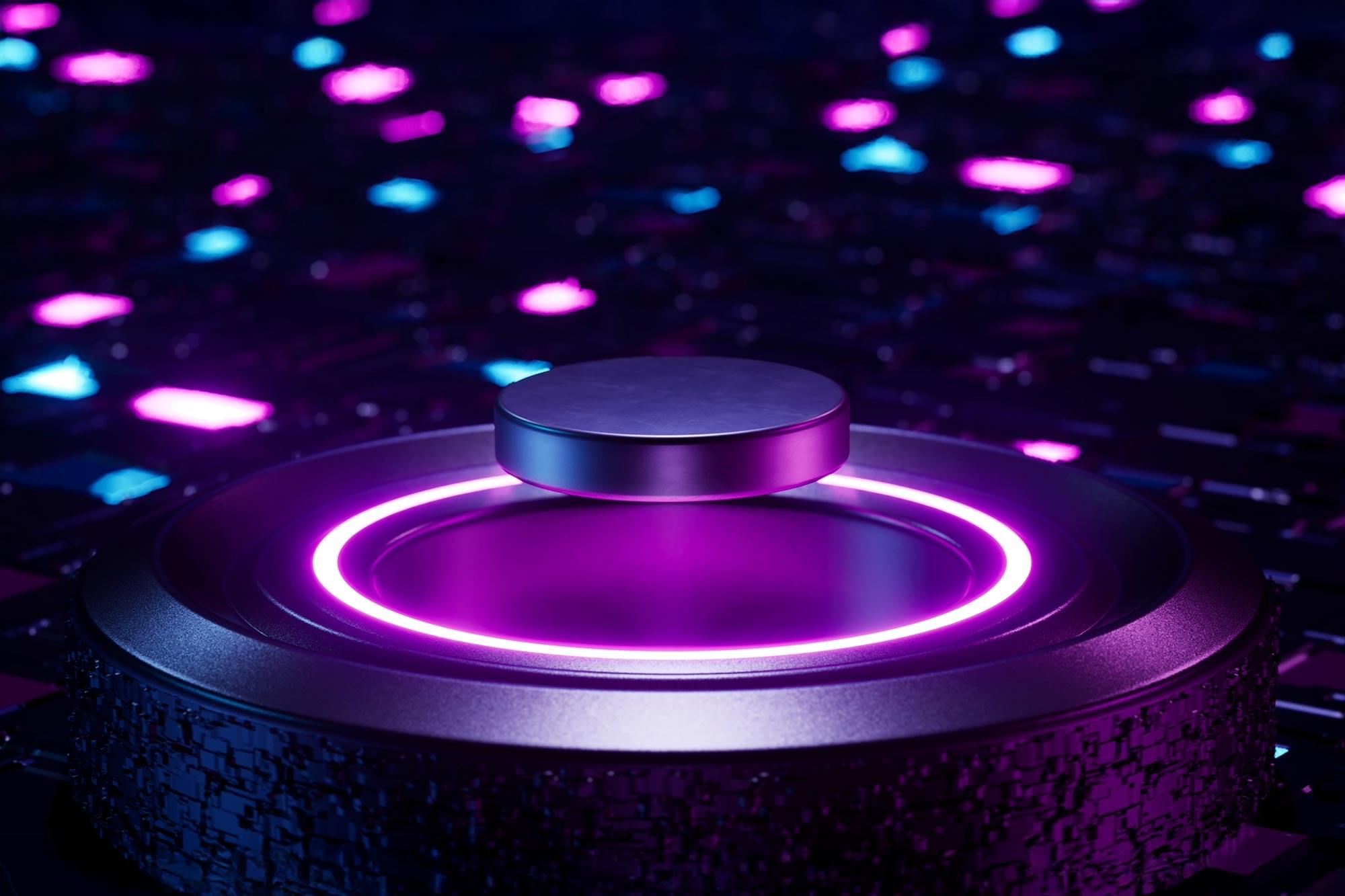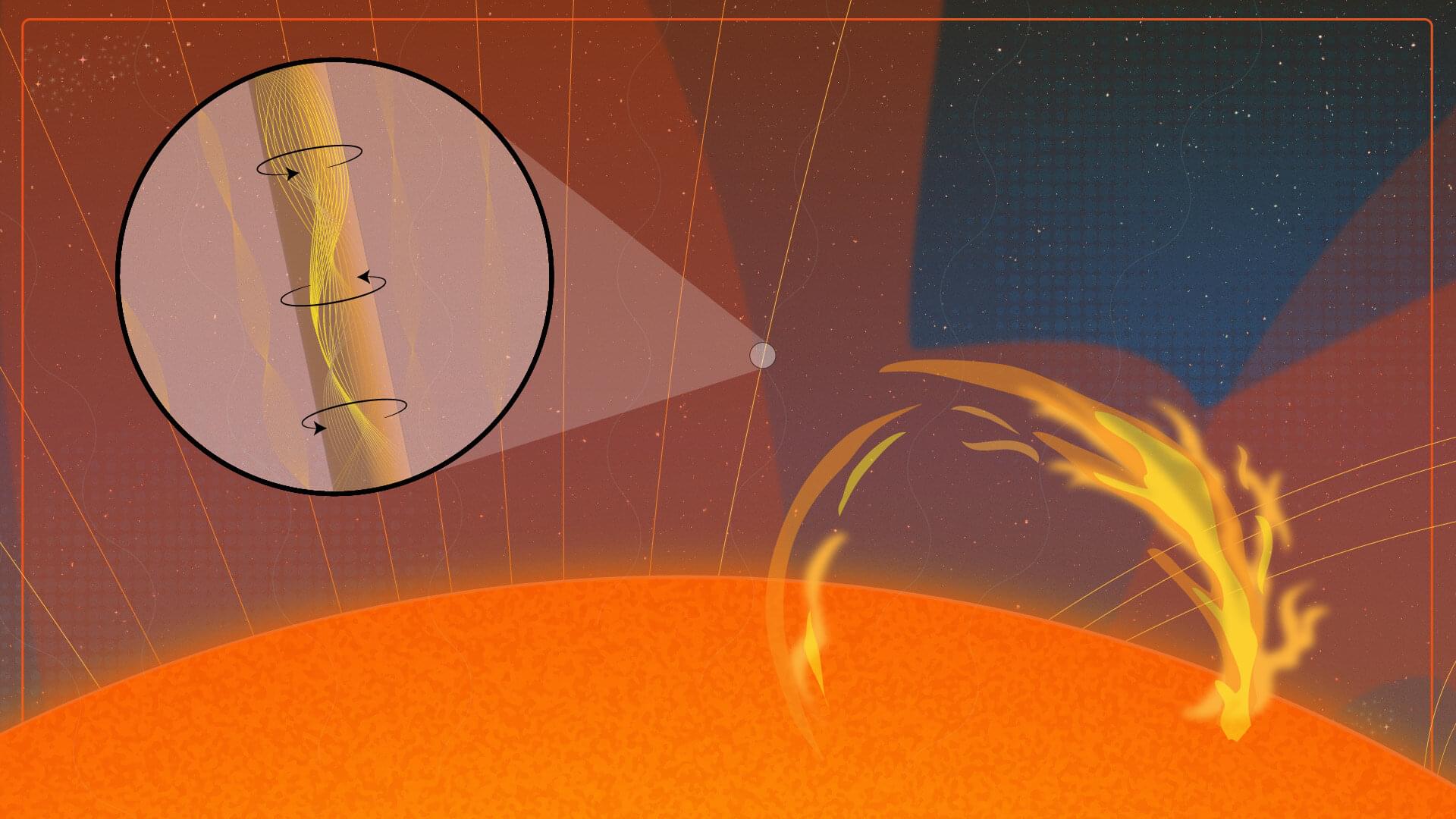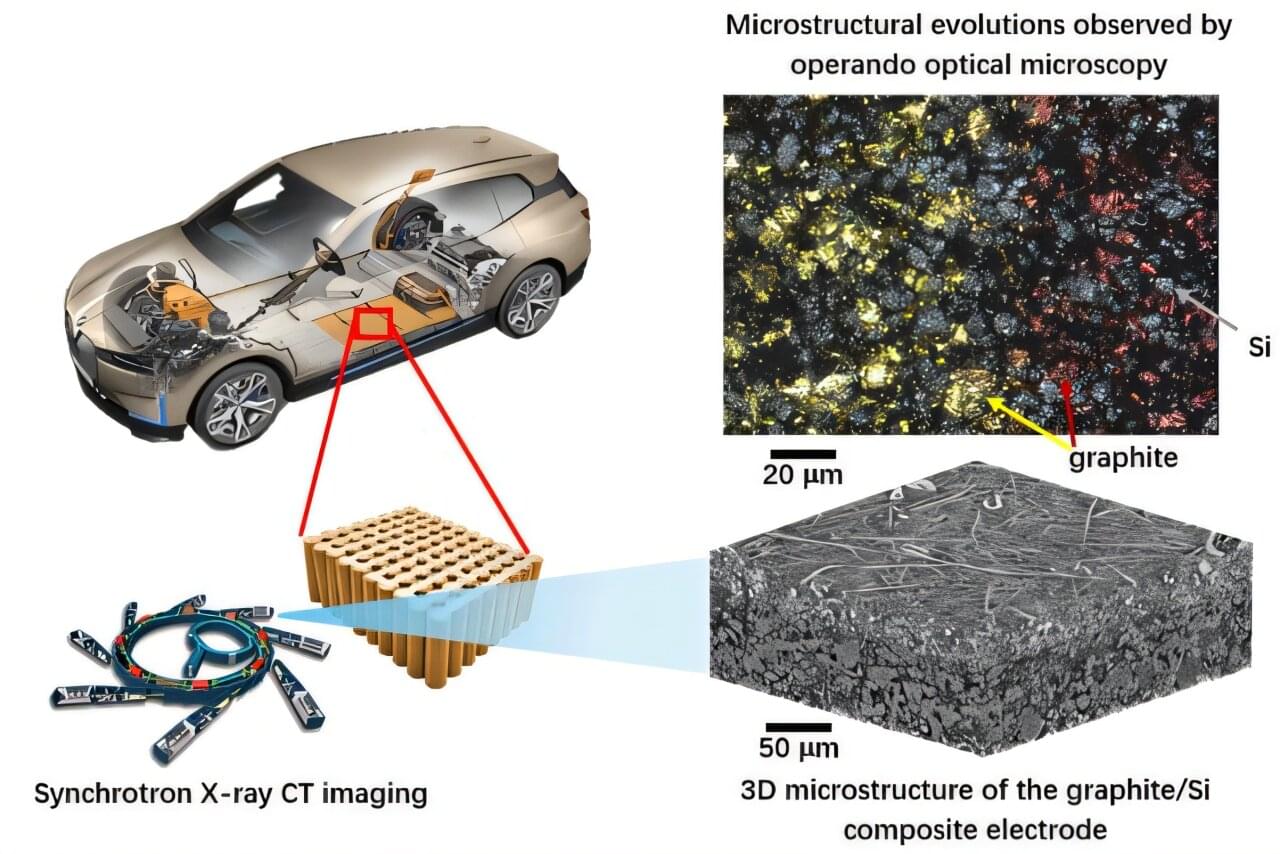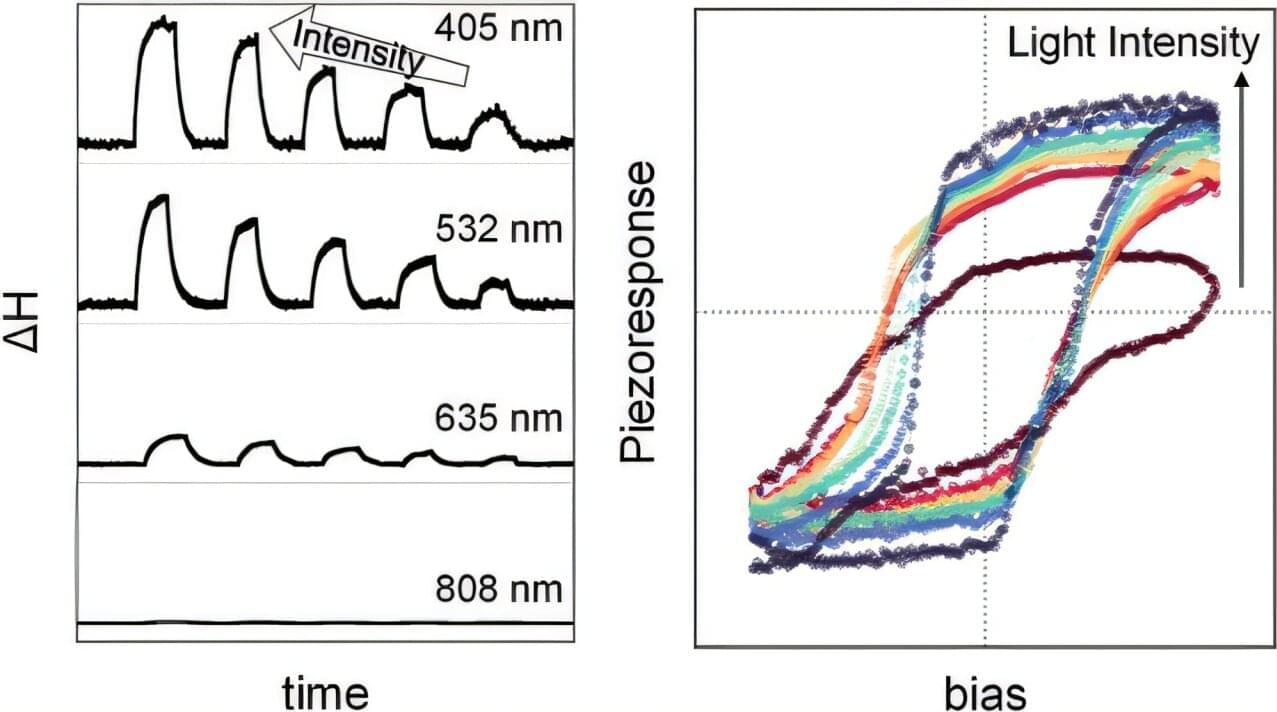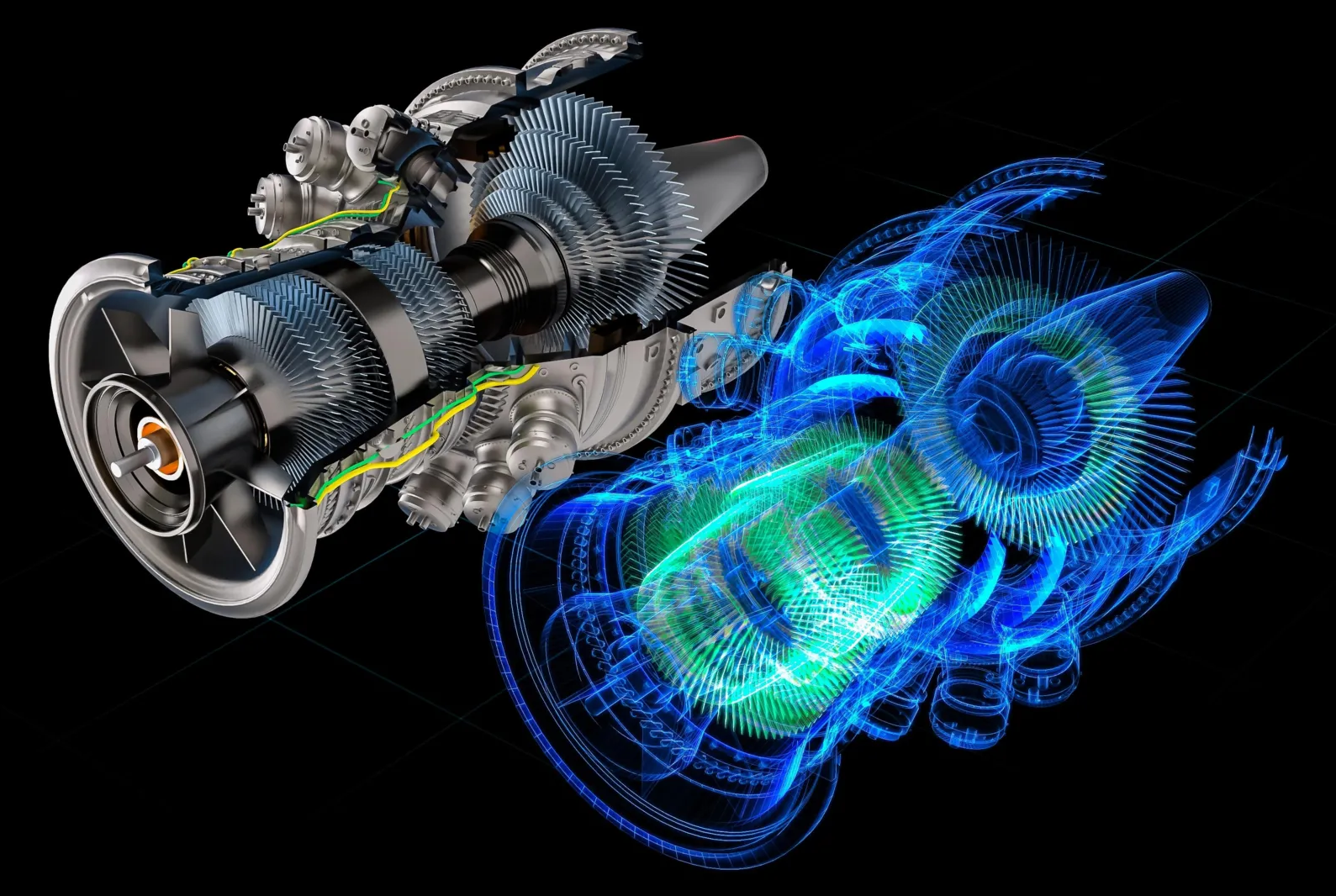Topological insulators could form the basis for revolutionary electronic components. However, as they generally only function at very low temperatures, their practical application has been severely limited to date. Researchers at the University of Würzburg have now developed a topological insulator that also works at higher temperatures. Their results are published in Science Advances.
A topological insulator can be imagined as a material that is a perfect insulator on the inside—it does not conduct electricity there. At its edges, however, it behaves like an almost lossless “electron highway.” Electrons can move along these paths with almost no loss.
To deepen the analogy: these highways have separate lanes for electrons with different “spins”—a kind of intrinsic angular momentum. Electrons with “spin-up” move in one direction, electrons with “spin-down” in the opposite direction. This strict traffic regulation prevents collisions and thus energy losses. The phenomenon behind this is known as the quantum spin Hall effect (QSHE)—an effect that was also first experimentally proven at the University of Würzburg.

